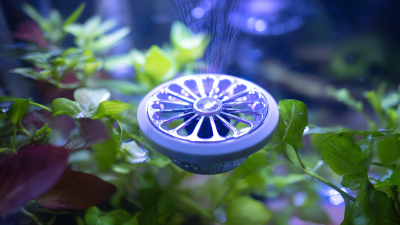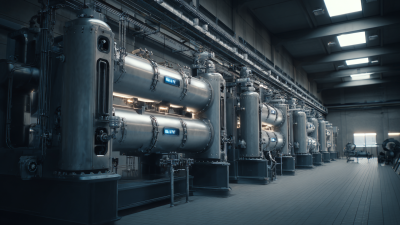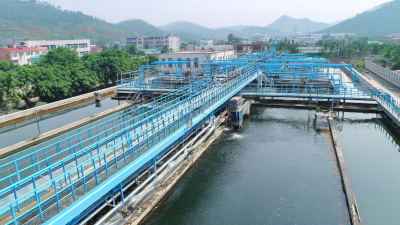In the quest for enhanced wastewater treatment efficiency, Dissolved Air Flotation Systems (DAF) have emerged as a pivotal solution. According to recent reports by the Water Environment Federation, the implementation of DAF technology can improve solid-liquid separation processes by up to 90%, significantly reducing sludge production and maintenance costs. Furthermore, the global market for DAF systems is projected to grow at a CAGR of 6.5% from 2021 to 2028, driven by increasing regulatory pressures and the need for sustainable wastewater management practices. This trend highlights the necessity for operators to optimize their DAF systems to maximize efficiency and ensure compliance with stringent environmental standards. By focusing on key operational parameters and understanding the intricacies of DAF technology, facilities can achieve not only better treatment performance but also substantial economic benefits.
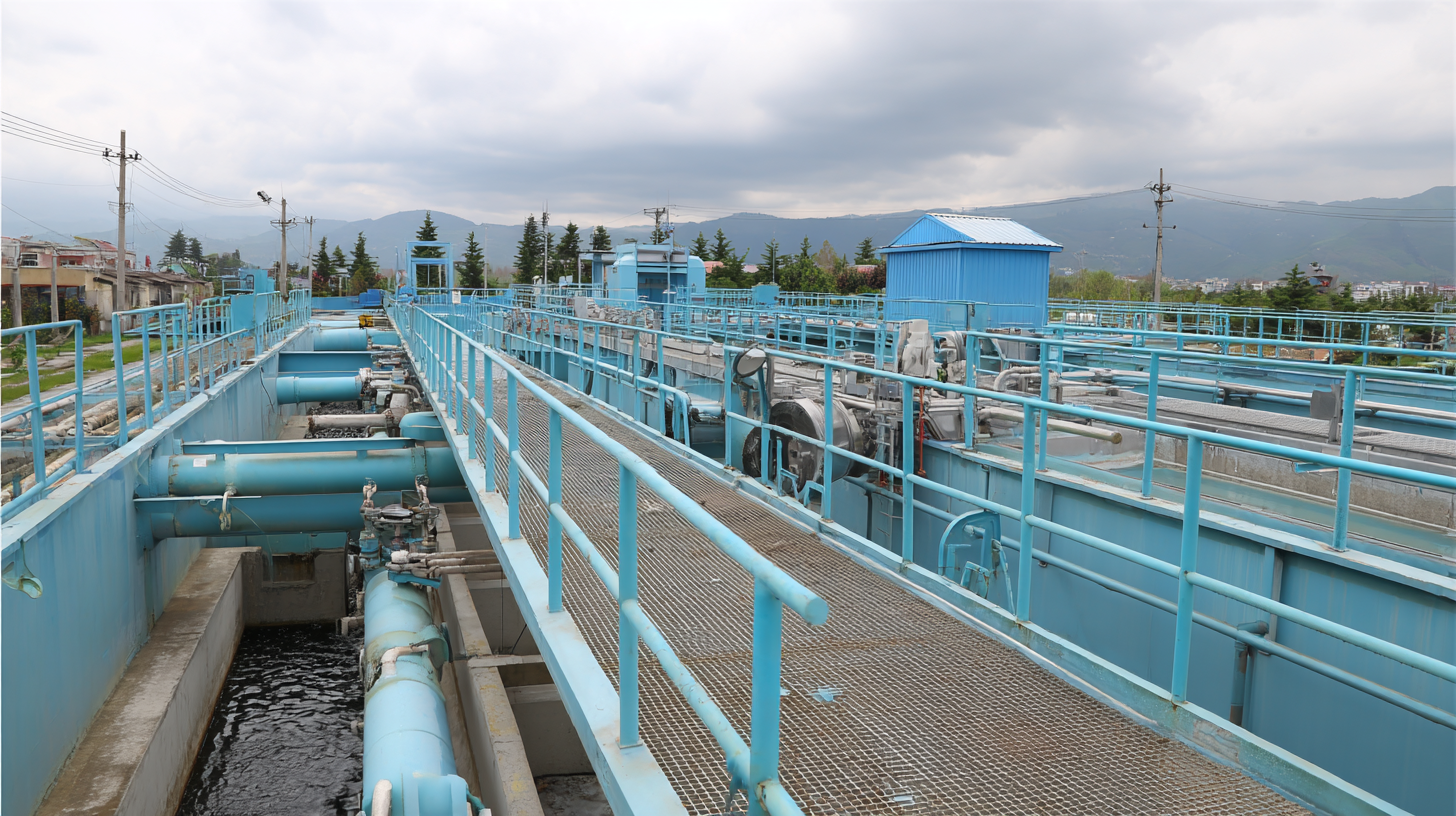
Dissolved Air Flotation (DAF) is a crucial technology in wastewater treatment, renowned for its efficiency in separating contaminants from water. The basic mechanism of DAF involves the introduction of air into the wastewater under pressure, creating tiny air bubbles. When this pressurized water is released, the bubbles form and attach to suspended solids, oils, and grease, causing them to rise to the surface. This flotation process effectively removes pollutants, making it an ideal choice for treating industrial effluents and municipal waste.
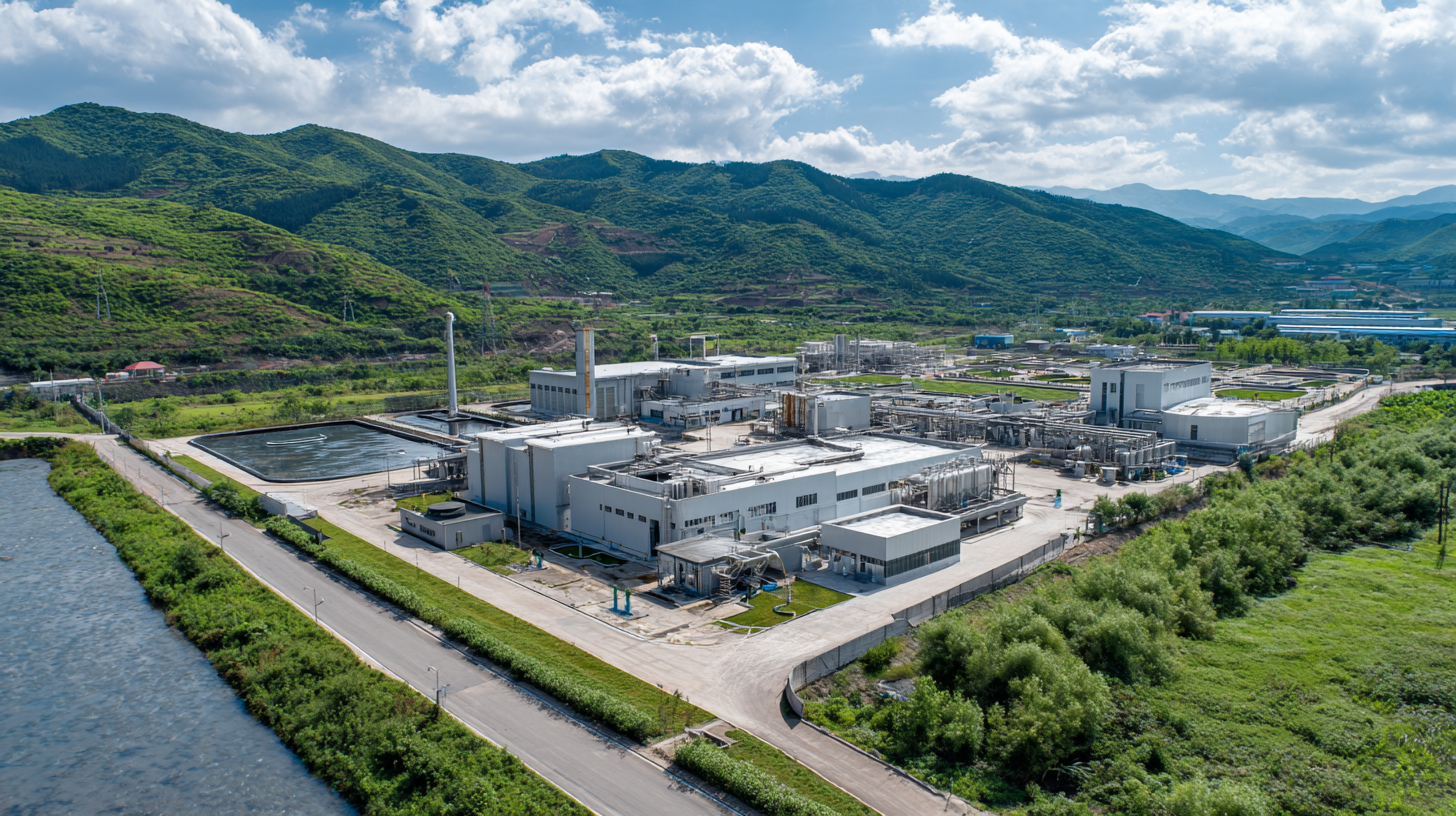
The operational effectiveness of DAF systems is greatly influenced by several factors, including temperature, pH, and the characteristics of the wastewater. These systems are particularly advantageous for applications where traditional sedimentation methods fall short, such as in the treatment of oily wastewater or high solids content. By optimizing the DAF process—adjusting parameters such as bubble size and retention time—facility operators can significantly enhance treatment efficiency, leading to improved water quality while minimizing the environmental impact of wastewater disposal.
Dissolved Air Flotation (DAF) systems are increasingly recognized as a vital component in optimizing wastewater treatment efficiency, particularly in municipal and various industrial applications.
Key performance indicators (KPIs) such as removal efficiency, energy consumption, and sludge production are essential for assessing the performance of DAF systems.
Recent reports highlight that the packaged water treatment market is expected to experience significant growth, driven by the rising need for effective wastewater management solutions amid increasing water scarcity and stringent regulations.
The integration of DAF technology not only enhances the removal of suspended solids but also improves overall water reuse capabilities, making it a cost-effective choice for industries like food and beverage.
Research focusing on energy consumption within wastewater treatment facilities, especially in sectors like dairy, reveals that electricity usage varies significantly across different processes. By monitoring KPIs related to energy consumption, facilities can identify stages where efficiency can be improved, thus contributing to more sustainable practices. The application of frameworks such as the Conceptual Water Efficiency Framework (CWEF) aims to develop strategies that enhance circular water use in the process industry, fostering both economic and environmental benefits.
As industries embrace DAF systems, understanding and optimizing these key indicators will be crucial in meeting future water management challenges.
Dissolved Air Flotation (DAF) systems present a compelling alternative to traditional wastewater treatment technologies, particularly in terms of efficiency and effectiveness. According to a report by the Water Environment Federation, DAF systems can reduce suspended solids by up to 90%, outperforming conventional methods such as sedimentation and filtration, which typically achieve only 50-70% removal rates. This significant increase in efficiency makes DAF systems particularly suited for treating industrial wastewater, which often contains high levels of fats, oils, and grease (FOG) that can challenge traditional treatment processes.
In comparative analyses, a study published in the Journal of Environmental Engineering noted that the operational footprint of DAF systems is considerably smaller than that of traditional methods. This compact design translates to lower space requirements and reduced capital investment, a crucial factor for many facilities facing land constraints. Furthermore, DAF technology's ability to handle fluctuating loads more effectively makes it a preferred choice for dynamic industries, as highlighted by the American Society of Civil Engineers. With the capability to enhance treatment outcomes while minimizing operational costs, DAF systems are poised to play a key role in the future of wastewater management.
To enhance the efficiency of Dissolved Air Flotation (DAF) systems in wastewater treatment, the integration of chemical coagulation and flocculation is vital. According to a report by the Water Environment Federation, optimizing these processes can increase solid removal rates by up to 90%. Coagulation involves adding chemical coagulants such as aluminum sulfate or ferric chloride to destabilize suspended particles, forming larger aggregates. This initial step is crucial for maximizing the performance of the DAF system.
Following coagulation, the flocculation process promotes the agglomeration of these particles into larger flocs that can be easily removed. Research indicates that effective flocculation can improve the settling characteristics of the sludge, which is essential for reducing overloading within the DAF unit. Implementing a controlled flocculation regime—often through gentle mixing techniques—can enhance the contact between particles, resulting in more efficient flotation. Industry studies show that such strategic enhancements can lead to substantial reductions in operational costs and increase overall throughput, with some facilities reporting efficiency gains of 20%-30% post-implementation of optimized coagulation and flocculation strategies.
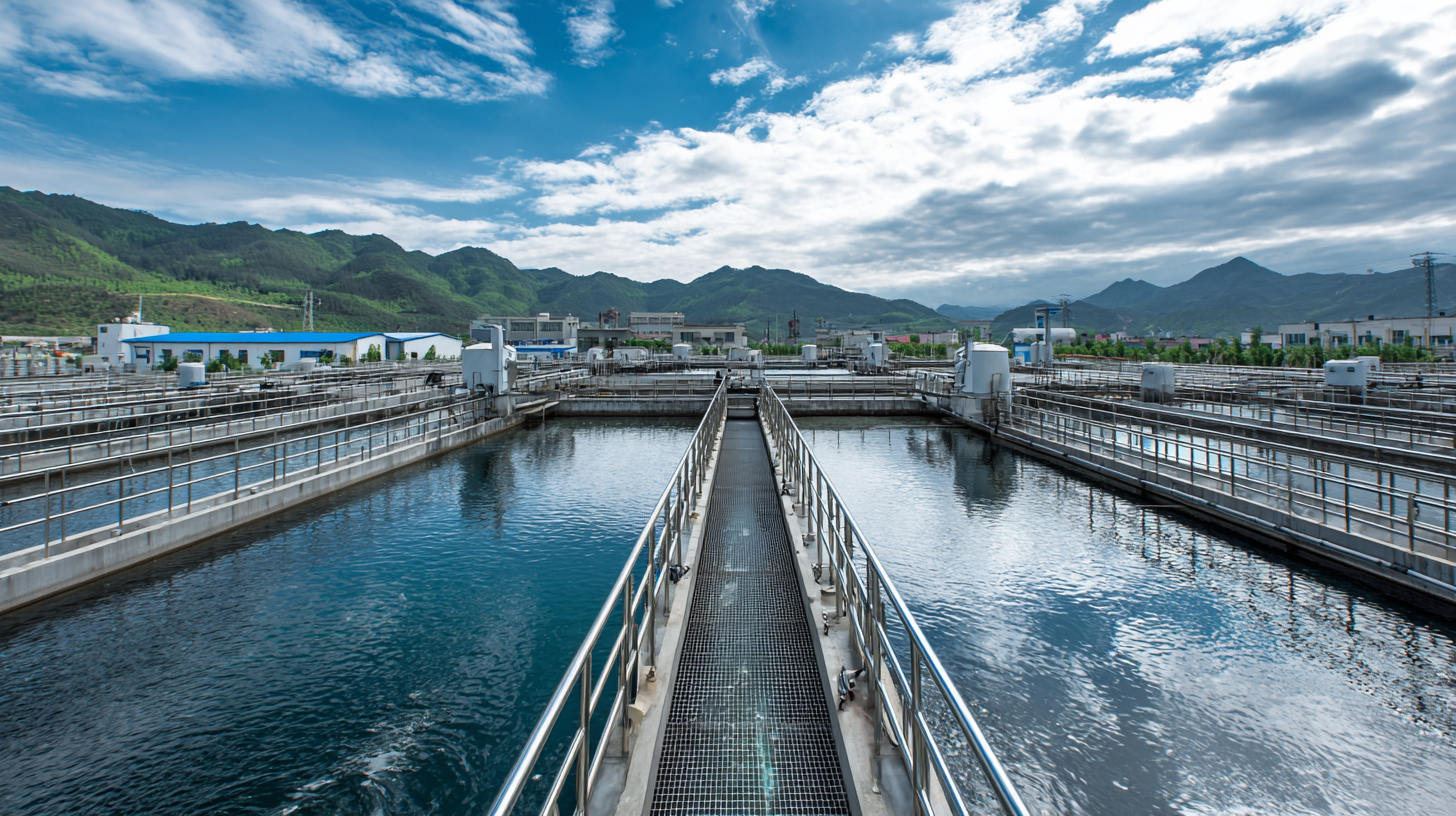
Dissolved Air Flotation (DAF) systems have become vital in enhancing wastewater treatment efficiency, as illustrated by various real-world case studies. One such case study in a food processing plant demonstrated a significant reduction in total suspended solids (TSS) by 95%, facilitating compliance with stringent local discharge regulations. According to a report from the Water Environment Research Foundation, DAF systems can remove 90% or more of oils and greases, making them particularly effective in industries where these contaminants are prevalent. This efficiency not only helps in meeting regulatory standards but also reduces potential fines and penalties associated with non-compliance.
Another noteworthy example comes from a municipal wastewater treatment facility that implemented a DAF system to tackle high levels of organic loading. Post-implementation, the facility saw a 40% decrease in energy costs due to the reduced operational burden on downstream processes. Data from the American Water Works Association suggest that optimizing DAF systems can lead to operational cost savings of up to 30%, through efficient sludge management and reduced chemical requirements. These case studies underscore the economic and environmental benefits of utilizing DAF technology, ultimately leading to more sustainable wastewater management practices.
| Case Study | Industry | Initial DAF Efficiency | Post-Optimization DAF Efficiency | Regulatory Compliance Status | Cost Savings (Annual) |
|---|---|---|---|---|---|
| Case Study A | Food Processing | 75% | 90% | Compliant | $100,000 |
| Case Study B | Pulp and Paper | 65% | 85% | Compliant | $150,000 |
| Case Study C | Textiles | 80% | 95% | Compliant | $200,000 |
| Case Study D | Pharmaceuticals | 70% | 88% | Compliant | $120,000 |
